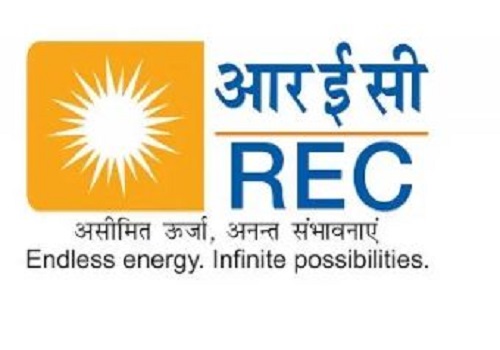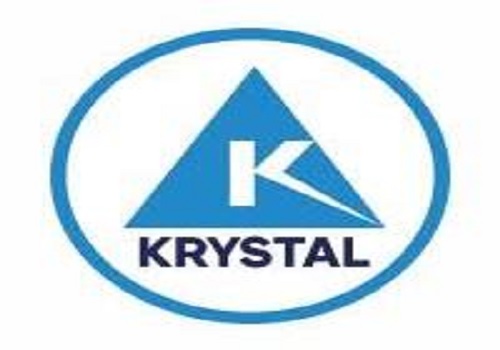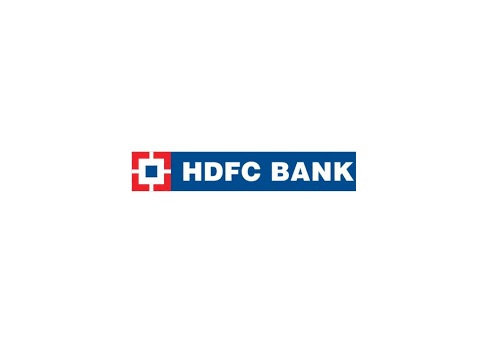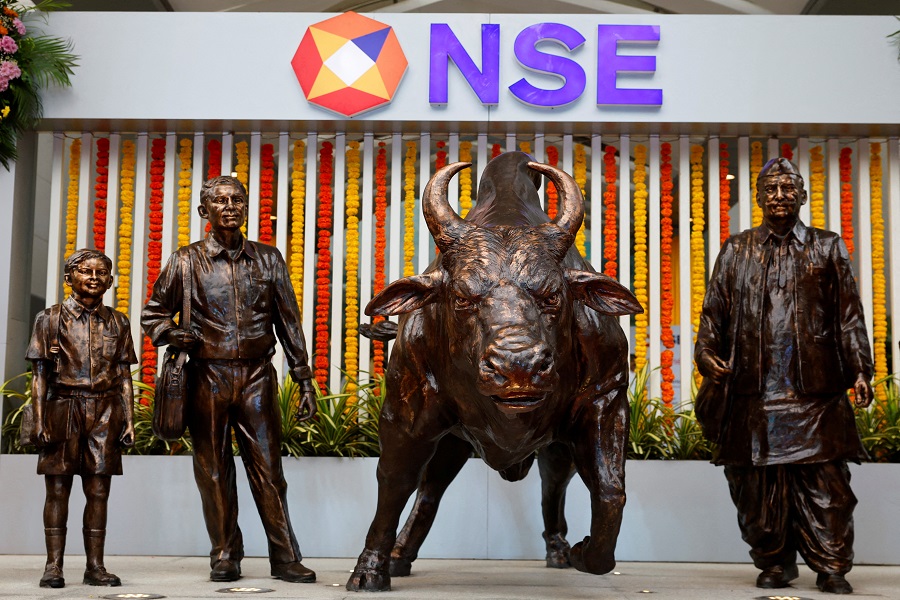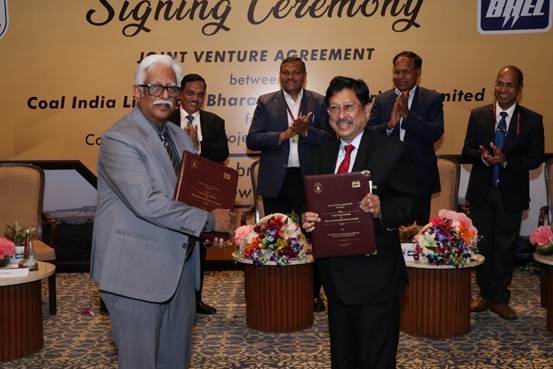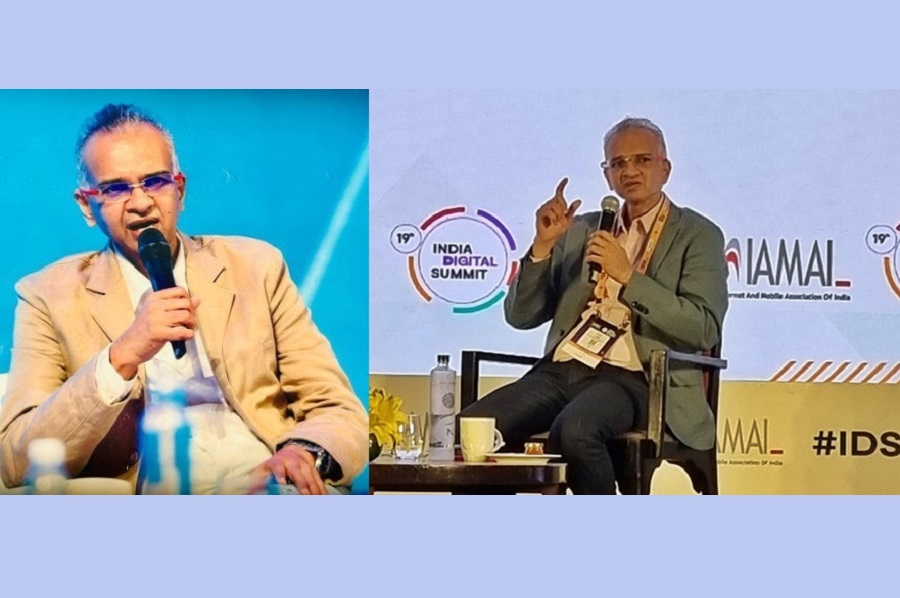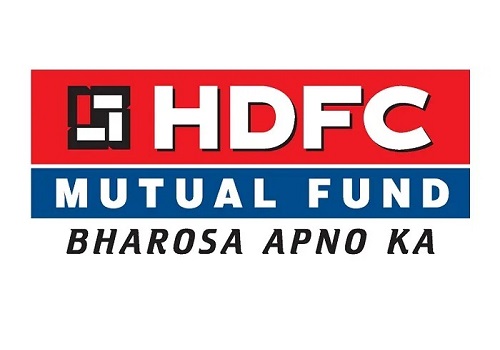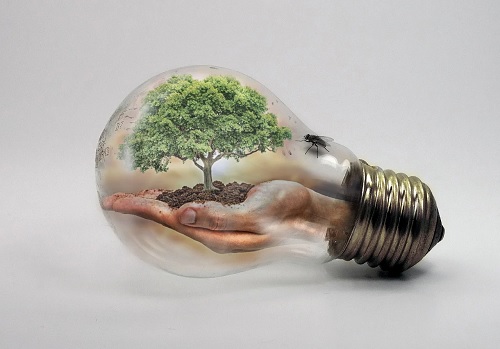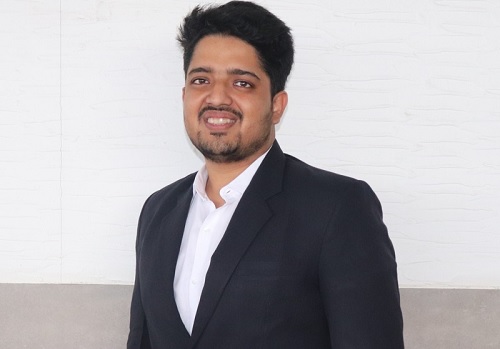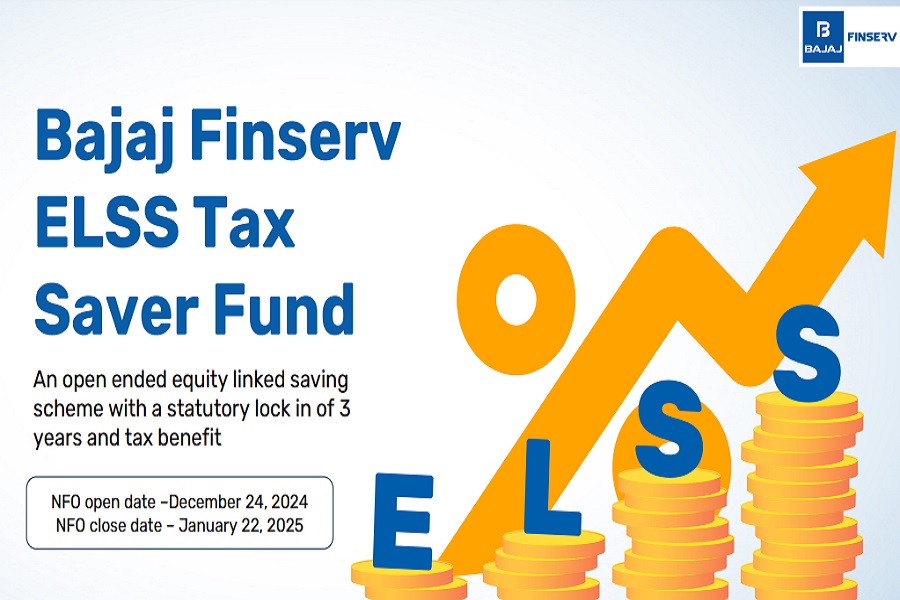Mid-cap pure-play on structural wireless ARPU growth story by JM Financial Services Ltd

ARPU on a structural uptrend as industry needs INR 275-300 ARPU to meet future capex needs: We continue to believe India wireless ARPU is on a structural uptrend given the consolidated industry structure and future investment needs. Our calculation suggests (Exhibit 7) that in the next 3-4 years the industry needs to reach an ARPU of ~INR 275 to cover the cost of capital (12%) and ~INR 300 for a pre-tax RoCE (of 15%) considering future investments including for 5G. Hence, we expect the wireless industry’s revenue to grow at ~11% CAGR to +INR 3,200bn/ INR 4,600bn by FY26E/FY30E vs. INR 2,250bn in FY23 - Exhibit 6.
Structural 10% ARPU CAGR via: a) tariff hikes; and b) MBB upgrade, postpaid additions & data monetisation: Despite multiple tariff hikes since Dec’19, ARPU in India is still one of the lowest at ~USD 2.2/month vs. the global average of USD 8-10/month (USD 6.9/month in China); India’s ARPU to GDP per capita is low at ~1.0% in FY23 vs. +1.5% before FY15 — Exhibit 10-13. We expect BHL’s ARPU to grow at ~10% CAGR (to ~INR 285 in FY28 from INR 197 in 3QFY24) consisting of: a) 6-7% ARPU CAGR due to regular tariff hikes; and b) 3-4% ARPU CAGR due to Bharti’s premiumisation strategy driving MBB upgrade (ARPU goes up by 55-80% due to this), post-paid additions (ARPU rises by 70% due to this), data monetisation and international roaming.
BHL’s FY24-30 EBITDA CAGR could be higher at ~15% (vs. ~12% for Bharti’s wireless business) due to presence in high growth potential markets as Rajasthan/NE circle has: a) relatively lower teledensity (~80% vs. 85% pan-India) due to more rural population; and b) relatively lower penetration of high ARPU post-paid subscribers (3-5% vs. ~8% pan-India) and data subscribers (71% vs. 73% for Bharti) – Exhibit 24-30.
Relatively lower capex - higher RoCE business vs. Bharti; likely to become net-cash by FY29: Though BHL’s EBITDA margin is lower, its RoCE is higher at 10.5% in FY23 (vs. 8.6% for Bharti) due to its relatively lower capex as Bharti lays fibre assets in Rajasthan/NE circle and BHL pays for it on usage basis. Further, with peak capex behind it and structural ARPU growth story ahead, we expect BHL to turn net-cash by FY29 (vs. net debt of INR 76bn at end-3QFY24) – Exhibit 32-34.
Please refer disclaimer at https://www.jmfl.com/disclaimer
CIN Number : L67120MH1986PLC038784
